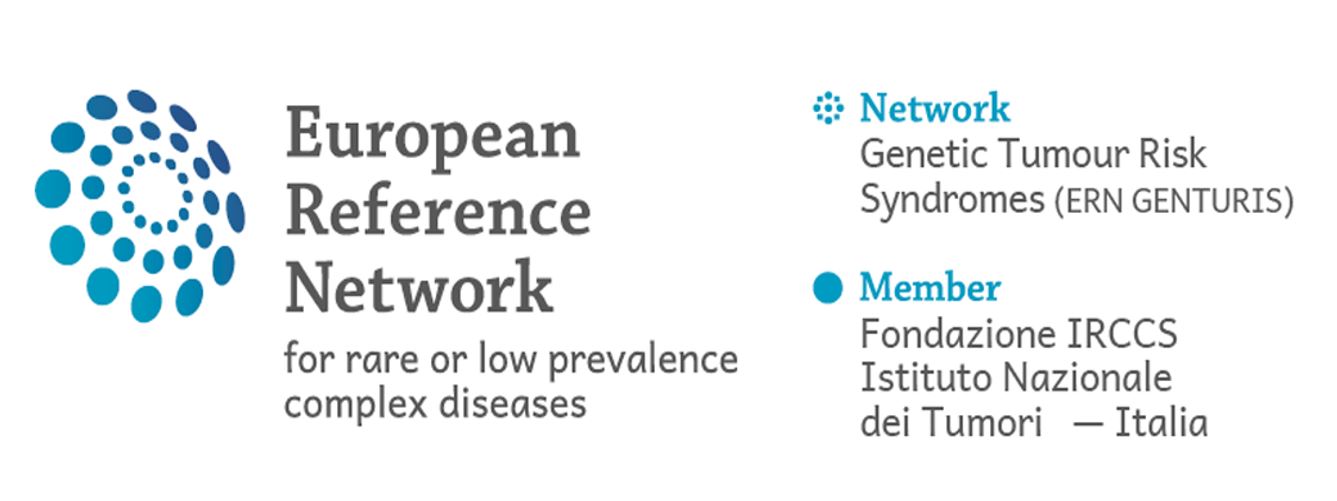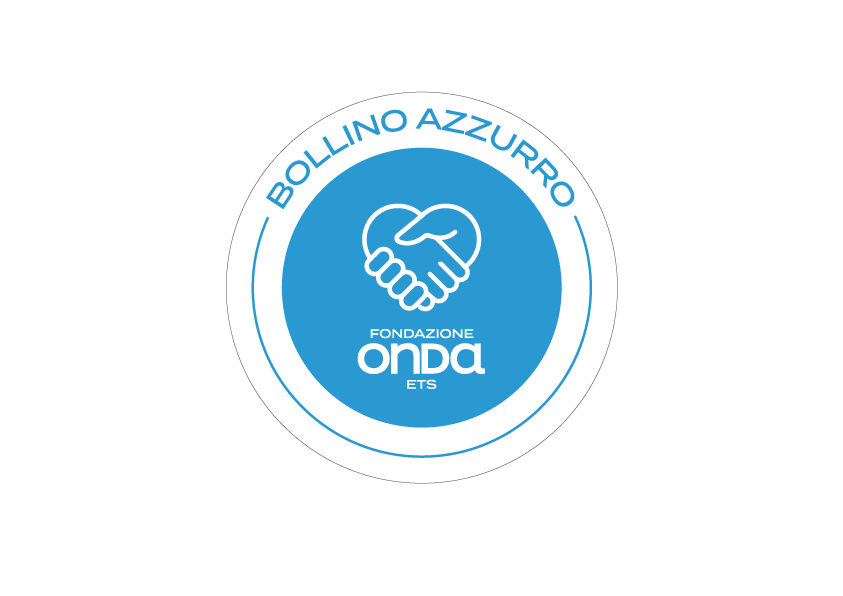CMON Lab
Computational Modelling for Oncology Needs Lab (CMON Lab)
Descrizione:
The CMON Lab includes physicists, engineers, mathematicians, statisticians, and research assistants specialised in modelling outcomes after oncological treatments. The main interests are radiotherapy, radiobiology, quantitative imaging, and the biological characteristics describing the mechanisms involved in treatment reactions. Mechanism verification is also tested through in-silico simulations.
We consider and develop multidisciplinary approaches by integrating mathematics, physics, biology, computational sciences, and engineering. "Every patient deserves her/his personalised equation," meaning a personal parameterisation of the individual disease evolution that we can use to guide and optimise oncological treatments, predicting their effectiveness and toxicity. In this context, mechanistic models and machine learning are highly complementary: leveraging the strengths of both approaches, we can create symbiotic models that harness the power of the vast amount of data we can analyse by machine learning and the knowledge of governing laws acquired from previous data and studies.
Our research activity aims to move from "data science" to "data for scientific methods." The recent data explosion requires machine learning analysis to be usable; mechanistic models offer a solid complementary approach that addresses the meaning of machine learning results and reinforces predictions in line with the direction taken by regulatory bodies (such as EMA and FDA) that already recognise models and simulations as valid forms of scientific evidence in review and approval processes.
Synergistic macro-activities include the development of:
- clinical models from high-dimensional vertical datasets (population size) and horizontal datasets (multifactorial data) to extrapolate and describe the relationships between patient/tumour/treatment characteristics and clinical outcomes (oncological disease control and the development of side effects) and their impact on quality of life;
- mechanistic models of tumour and healthy tissue response to oncological treatments: applying the laws of physics and biology combined with analytical and numerical mathematical models to study various aspects relevant to oncology. In-silico models are developed and used to derive specific observations that also allow for the detailed interpretation of results collected in clinical studies and the design of future clinical trials.
Computational Modelling for Oncology Needs Lab (CMON Lab)
Via Venezian 1 (blocco 4, primo piano) 20133 Milano
The CMON Lab includes physicists, engineers, mathematicians, statisticians, and research assistants specialised in modelling outcomes after oncological treatments. The main interests are radiotherapy, radiobiology, quantitative imaging, and the biological characteristics describing the mechanisms involved in treatment reactions. Mechanism verification is also tested through in-silico simulations.
We consider and develop multidisciplinary approaches by integrating mathematics, physics, biology, computational sciences, and engineering. "Every patient deserves her/his personalised equation," meaning a personal parameterisation of the individual disease evolution that we can use to guide and optimise oncological treatments, predicting their effectiveness and toxicity. In this context, mechanistic models and machine learning are highly complementary: leveraging the strengths of both approaches, we can create symbiotic models that harness the power of the vast amount of data we can analyse by machine learning and the knowledge of governing laws acquired from previous data and studies.
Our research activity aims to move from "data science" to "data for scientific methods." The recent data explosion requires machine learning analysis to be usable; mechanistic models offer a solid complementary approach that addresses the meaning of machine learning results and reinforces predictions in line with the direction taken by regulatory bodies (such as EMA and FDA) that already recognise models and simulations as valid forms of scientific evidence in review and approval processes.
Synergistic macro-activities include the development of:
- clinical models from high-dimensional vertical datasets (population size) and horizontal datasets (multifactorial data) to extrapolate and describe the relationships between patient/tumour/treatment characteristics and clinical outcomes (oncological disease control and the development of side effects) and their impact on quality of life;
- mechanistic models of tumour and healthy tissue response to oncological treatments: applying the laws of physics and biology combined with analytical and numerical mathematical models to study various aspects relevant to oncology. In-silico models are developed and used to derive specific observations that also allow for the detailed interpretation of results collected in clinical studies and the design of future clinical trials.
(+39) 23903787
(+39) 23093015
tiziana.rancati@istitutotumori.mi.it



















